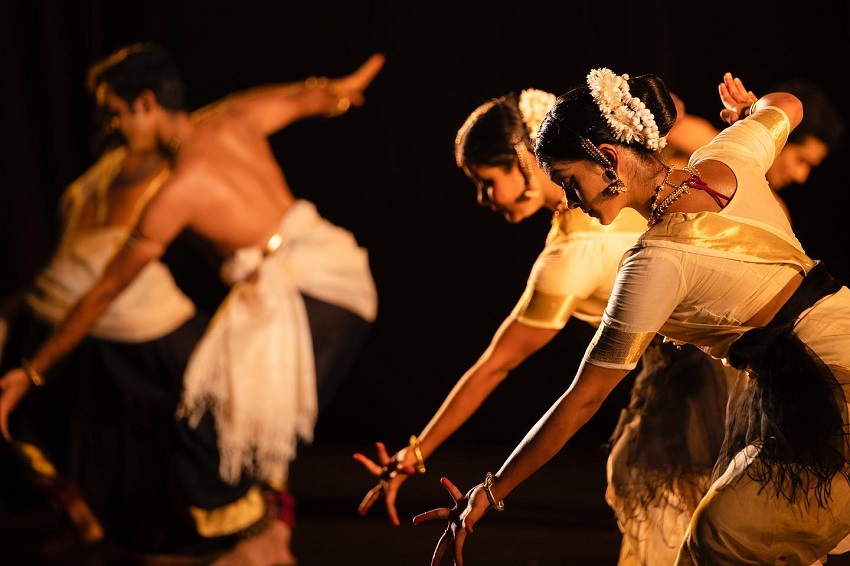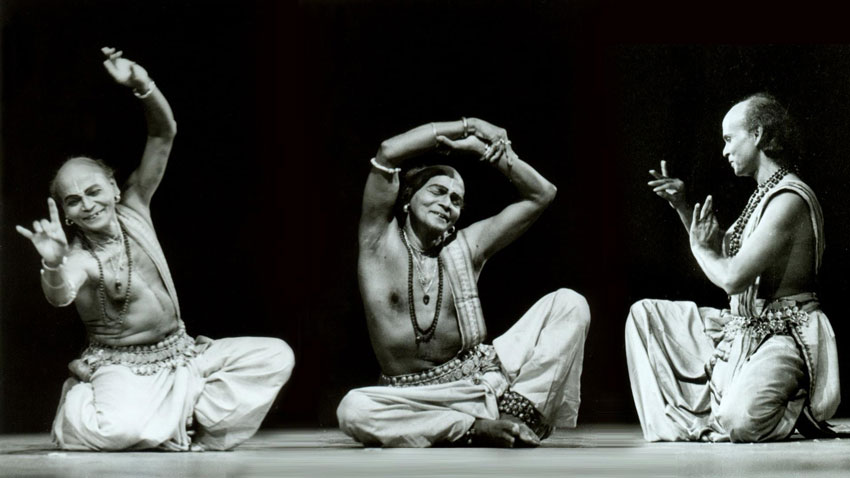Indian classical dance forms are a rich tapestry of tradition, culture, and artistic expression. With their captivating movements, intricate footwork, and emotive storytelling, these dance styles have fascinated audiences for centuries. Becoming a professional Indian classical dancer requires dedication, discipline, and a deep understanding of the art form. In this article, we will explore the essential requirements for embarking on a journey to become a proficient Indian classical dancer.
Passion and Commitment
To become a professional Indian classical dancer, a deep passion for the art form is paramount. A genuine love for dance fuels the motivation and commitment needed to excel in this field. The hours of practice, physical exertion, and continuous learning require unwavering dedication. Without a burning desire to explore and express through dance, the journey can become arduous.
Guru (Teacher) and Guru-Shishya Parampara
The role of a Guru is pivotal in the journey of an Indian classical dancer. The Guru-Shishya Parampara, a traditional teacher-student relationship, forms the foundation of training in Indian classical dance. Finding a knowledgeable and experienced Guru is crucial. The Guru imparts not only technical skills but also the aesthetic nuances, musicality, and emotional depth required to bring life to the dance form. The bond between Guru and Shishya is based on mutual respect, trust, and dedication.
Rigorous Training and Discipline
Indian classical dance demands rigorous training and discipline. Dancers must devote countless hours to perfecting their technique, mastering intricate rhythmic patterns, and developing strong physical and mental stamina. Regular practice sessions, often consisting of repetitive exercises and drills, build strength, flexibility, and endurance. Discipline extends beyond physical practice and encompasses maintaining a healthy lifestyle, adhering to a balanced diet, and nurturing a disciplined mindset.
Strong Foundation in Theory and Technique
A professional Indian classical dancer must possess a strong foundation in theory and technique. Learning the fundamental aspects of the dance form, including body postures, hand gestures (mudras), footwork, facial expressions, and body coordination, is essential. Understanding the underlying principles, aesthetics, and cultural context of the dance form enhances the dancer’s ability to interpret and convey the essence of the performance.
Musicality and Rhythm
Music and rhythm are integral components of Indian classical dance. A dancer must develop a keen sense of musicality, including an understanding of the melodic and rhythmic patterns. The ability to synchronize movements with the intricate rhythms of the accompanying music, known as tala, is crucial. A professional dancer must have a strong sense of timing and the ability to express the emotions of the music through their body movements.
Expressive Abhinaya
Abhinaya, the art of expressive storytelling through facial and emotional expressions, is a hallmark of Indian classical dance. A professional dancer must develop the ability to convey a range of emotions, from joy and love to sorrow and anger, with authenticity and grace. Mastering abhinaya requires an understanding of the nuances and symbolism associated with different dance styles, as well as the skill to evoke an emotional response from the audience.
Performance Experience and Stage Presence
Regular performance opportunities are crucial for the growth of a professional Indian classical dancer. Participating in stage performances, both solo and group, allows dancers to refine their skills, gain confidence, and showcase their artistry. Developing stage presence, charisma, and the ability to captivate an audience are essential attributes that differentiate a proficient dancer from an amateur.
Conclusion
Becoming a professional Indian classical dancer is a journey that requires passion, dedication, and perseverance. It demands a deep understanding of the art form, rigorous training, and a strong foundation in technique and theory. A committed teacher-student relationship, coupled with regular performance opportunities, helps mould dancers into proficient artists. By embodying the essence of the dance form and expressing its cultural and emotional intricacies, professional Indian classical dancers have the power to transport audiences to a world of beauty, grace, and timeless tradition.
Image Credit: Inni Singh










